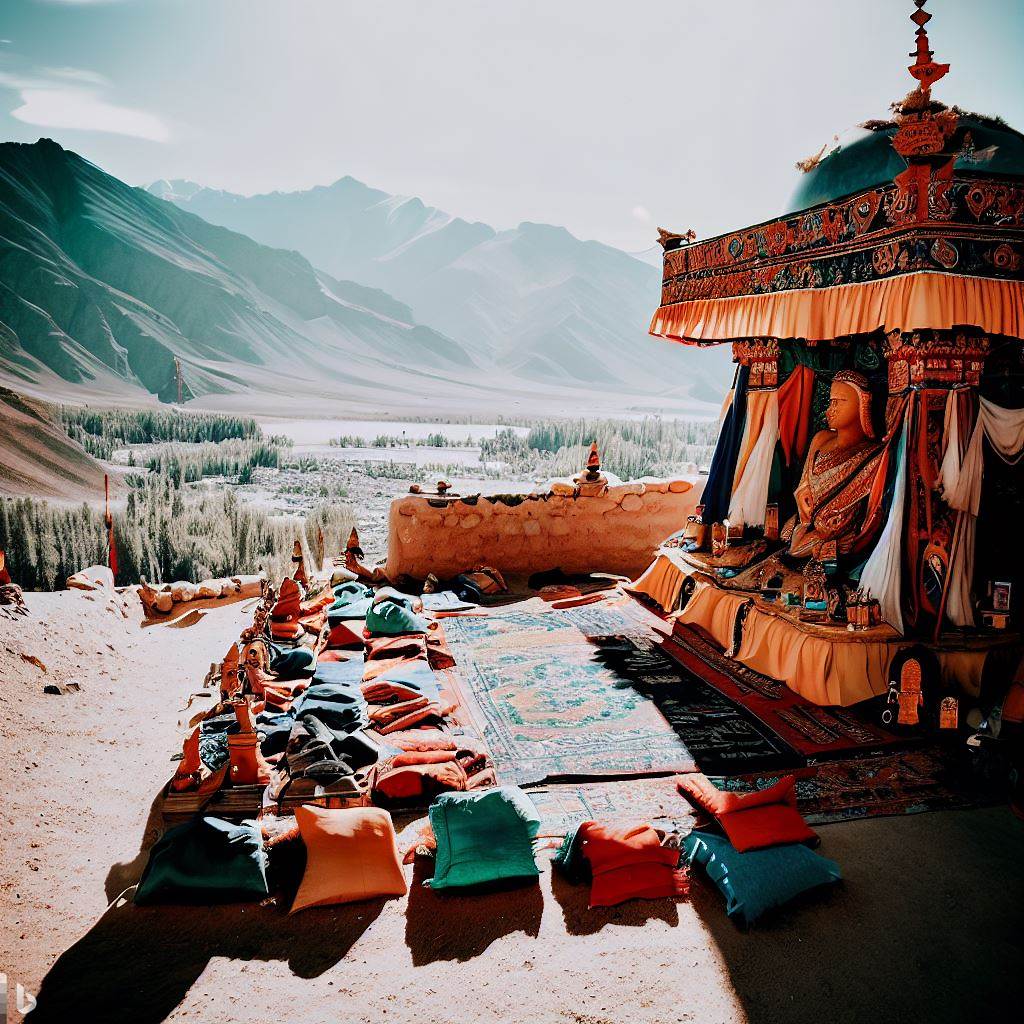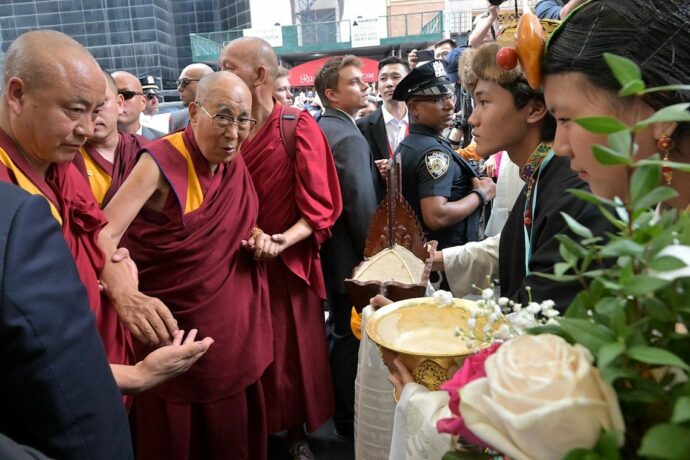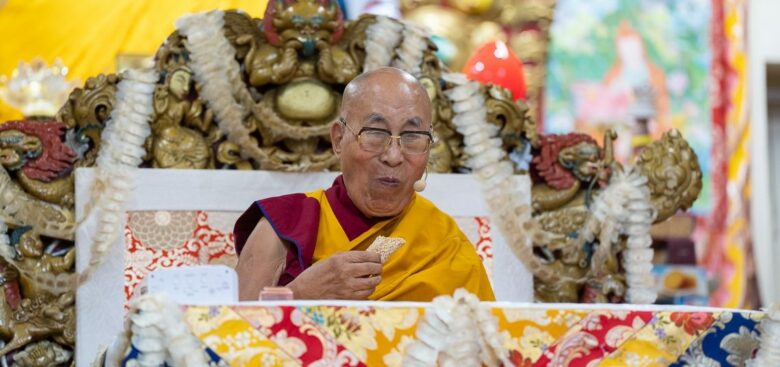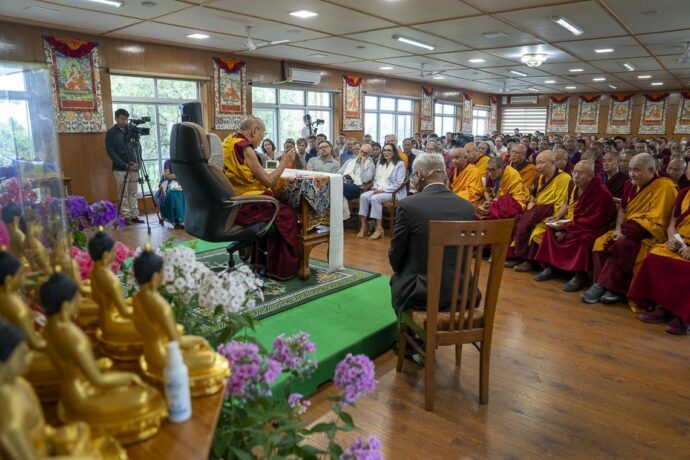
Ladakh, a high-altitude region in the Indian state of Jammu and Kashmir, is a place of diverse and rich religious traditions. Buddhism is the predominant religion in Ladakh, and its influence can be seen in the region’s culture and architecture.
The history of Buddhism in Ladakh can be traced back to the 2nd century, when the religion was introduced to the region by Buddhist missionaries from Kashmir. Over time, Buddhism became the dominant religion in Ladakh, and many monasteries were established throughout the region.
The monasteries, also known as gompas, are an important part of Ladakh’s religious and cultural heritage. These ancient structures are not only places of worship but also serve as centers of learning, where young monks are trained in Buddhist philosophy, literature, and arts. Some of the well-known monasteries in Ladakh include Hemis Monastery, Thiksey Monastery, and Diskit Monastery.
Apart from Buddhism, Ladakh is also home to other religions such as Islam and Hinduism. The Muslim population in Ladakh is mostly concentrated in the Kargil district, where the majority of people are Shia Muslims. The Hindus, on the other hand, are a minority in Ladakh, but they have a significant presence in the Leh district.
In addition to the major religions, Ladakh is also known for its unique blend of folk beliefs and practices. These beliefs and practices are deeply rooted in the region’s history and culture and reflect the influence of the pre-Buddhist Bon religion.
Overall, the religious diversity in Ladakh is a testament to the region’s vibrant cultural heritage. Whether it is the Buddhist monasteries, Muslim shrines, or Hindu temples, the religious sites in Ladakh are not only places of worship but also reflect the region’s rich and diverse history and traditions.


